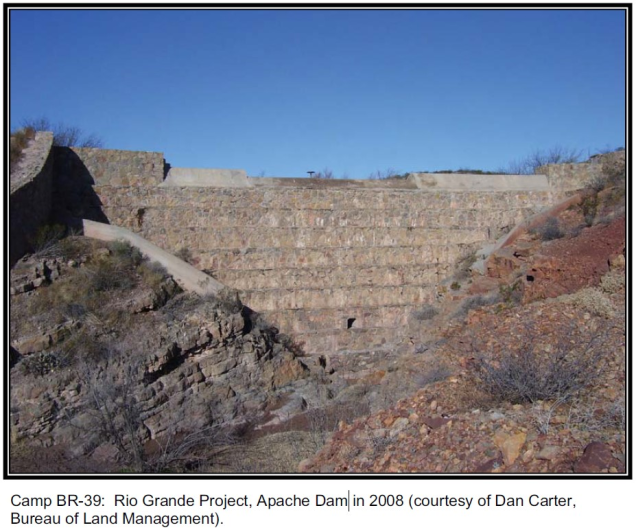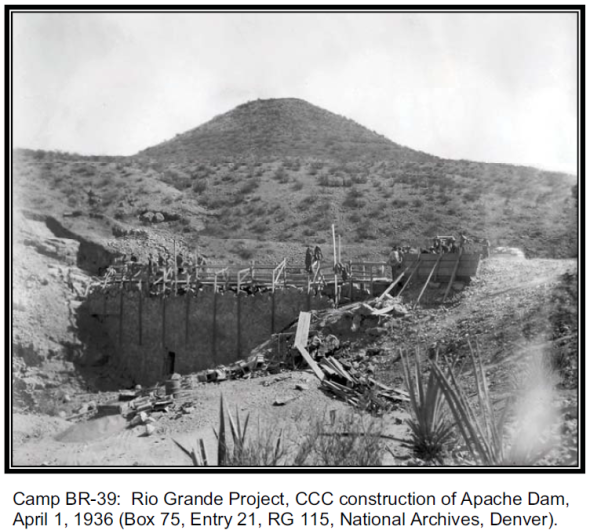Related Stories
- BLM gives presentation at the 30th Meeting of the London Group on Environmental Accounting
- BLM contributes to White House Frontiers of Benefit-Cost Analysis
- Wood Cutting Permits available from New Mexico
- BLM New Mexico, Fish and Wildlife Service team up for springsnail and amphipod surveys
- BLM-NM works with Girl Scout volunteers to control erosion in campground arroyo for NPLD
Office
1800 Marquess Street
Las Cruces, NM 88005-3371
United States
Phone:
Email:


